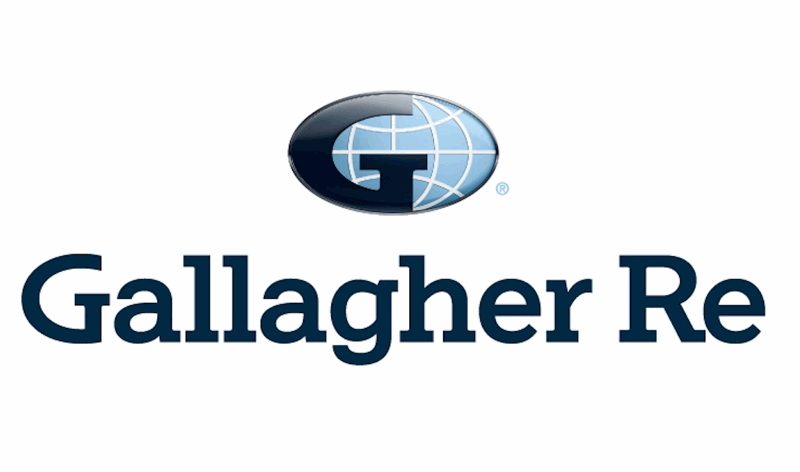Gallagher Re’s recent Global InsurTech Report highlights AI’s potential to make property re/insurance more data-driven, responsive, and profitable, but achieving this requires reinsurers to commit to investing in AI, including building robust data infrastructure capable of handling vast and varied datasets.
 Within the report, Freddie Scarratt, Global Deputy Head of InsurTech at Gallagher Re, said AI is rapidly emerging as a transformative force in re/insurance, particularly in modelling and managing catastrophe risks. Its potential comes at an opportune time, as the cost of these perils continues to rise.
Within the report, Freddie Scarratt, Global Deputy Head of InsurTech at Gallagher Re, said AI is rapidly emerging as a transformative force in re/insurance, particularly in modelling and managing catastrophe risks. Its potential comes at an opportune time, as the cost of these perils continues to rise.
“As reinsurers grapple with the financial implications of more frequent and severe events, AI offers a paradigm shift. It can produce more granular insights into weather patterns, leading to better risk selection. This should also spur more accurate pricing, optimized capital allocation and the development of novel insurance products,” he said.
Scarratt outlined future AI developments for property reinsurance, expecting a move beyond static or periodically updated models toward dynamic, real-time risk assessment. This will involve integrating live data feeds from IoT sensors on properties, localised weather radar, social media sentiment, and real-time imagery—enabling near-instant evaluations of changing exposures and vulnerabilities.
He also anticipates significant growth in parametric insurance, with AI enabling more sophisticated and reliable triggers for various perils and their impacts, such as flood depth, wildfire proximity, or business interruption caused by denied access.
In the catastrophe bond market, Scarratt said AI will enhance risk modelling’s reliability and efficiency, reducing the time needed to structure new cat bonds and boosting investor confidence—particularly for perils like earthquakes. AI-powered modelling could streamline catastrophe bond transactions, potentially bringing more deals to market with less lead time and broader investor acceptance. This would expand capacity for seismic risk and provide reinsurers and governments with more options to secure capital.
Scarratt added, “AI tools will become increasingly central to how reinsurers optimise their capital deployment. By more accurately modelling the complex interplay of various perils, understanding previously hidden correlations, assessing the benefits of geographic and peril diversification, and stress-testing portfolios against future climate scenarios, AI will guide more efficient and resilient capital strategies.”
He also noted that reinsurers will be able to leverage AI-driven insights to offer more valuable and proactive advisory services to cedants.
To fully realise AI’s benefits, Scarratt emphasised the need for reinsurers to take practical steps. This includes committing to investment by allocating the necessary resources to build robust data infrastructure capable of handling vast and varied datasets. This involves developing data governance frameworks, ensuring data quality, and fostering a culture of data-driven decision-making. Moreover, investing in AI talent will be crucial, as will forming partnerships with innovative InsurTech companies.
He cautioned that reinsurers must be alert to AI-related risks, noting they will need to develop robust methodologies for validating AI models and managing model risk.
Finally, Scarratt emphasised the importance of collaboration and data sharing to manage systemic risks like climate change and large-scale catastrophes. While many reinsurers already work with academic and research institutions, the industry could benefit from a broader data-sharing ecosystem—where appropriate and legally permitted—possibly via anonymised and aggregated platforms. This would help establish industry-wide best practices for AI application in peril management.
Scarratt concluded, “In the years to come, the adoption of AI will become a significant competitive differentiator for property reinsurers. Those that effectively integrate it into their core processes — from risk assessment and pricing to claims management and capital allocation — will gain an edge in a challenging market.
“And as the reinsurance industry evolves to better manage the increasing threat from catastrophes, this will ultimately contribute to a more stable market, capable of supporting communities and economies in the face of adversity. The journey into AI’s frontier is not just about technological adoption; it’s about reshaping the future of risk transfer itself.”
The post Property reinsurers must commit to AI investment to drive future growth: Gallagher Re appeared first on ReinsuranceNe.ws.

